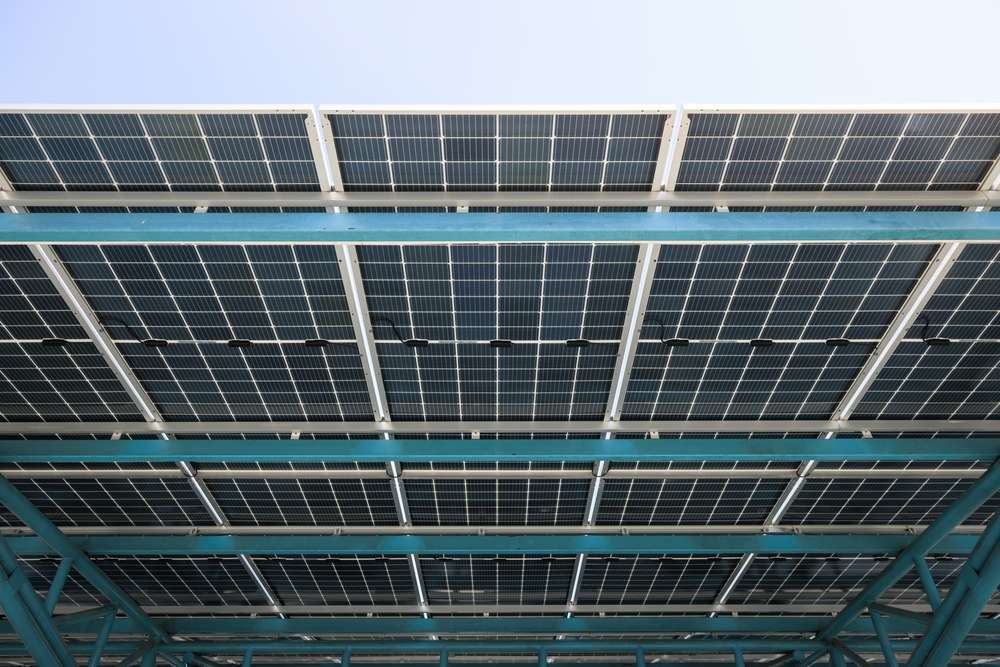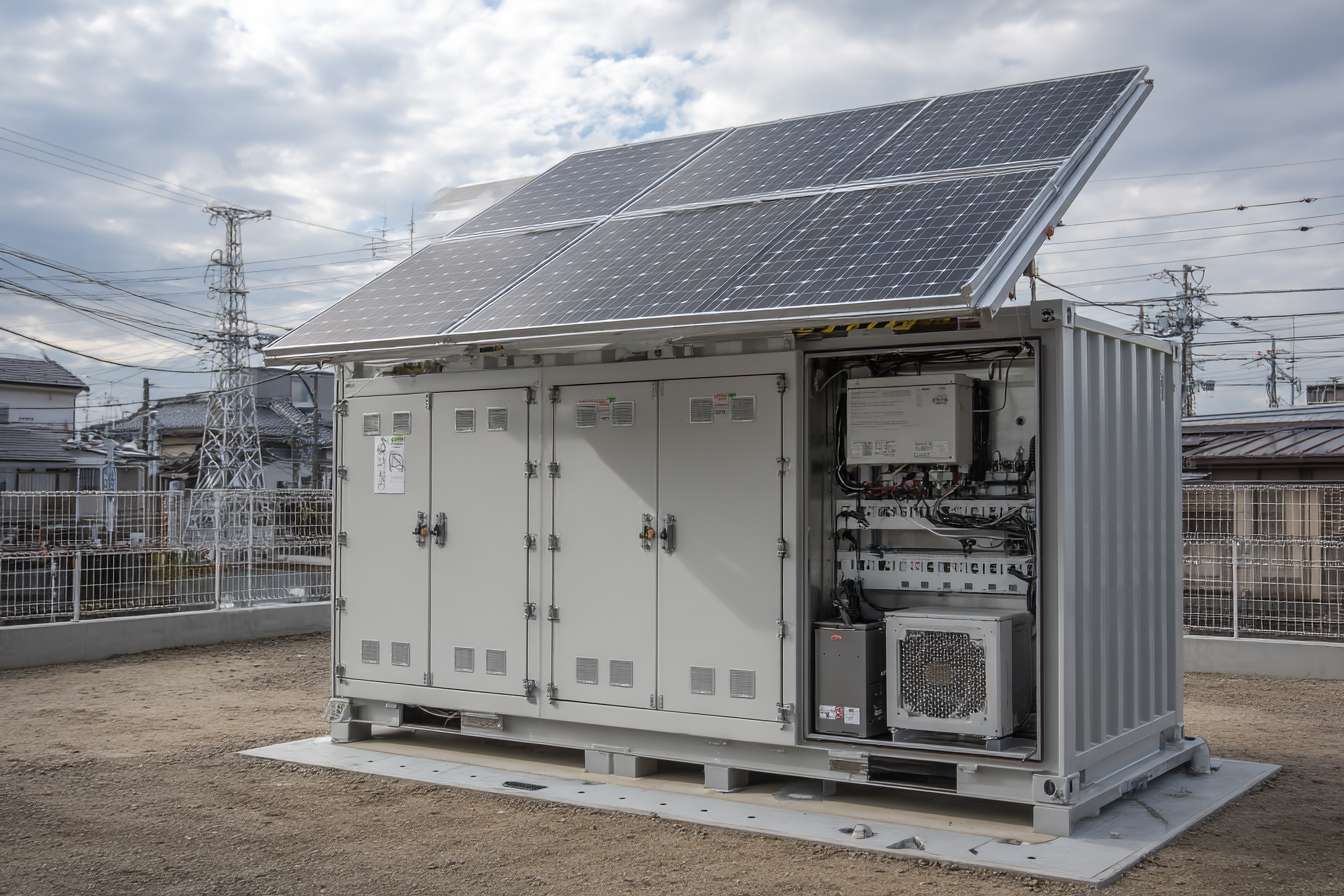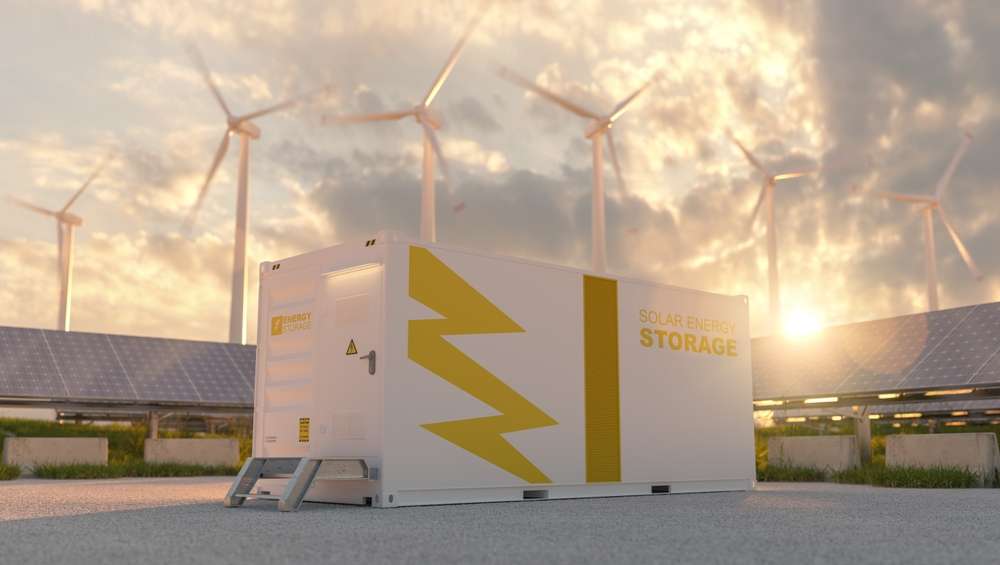10 kWh Home Energy Storage System – Perfect for Single-Family Homes
Home energy storage systems are becoming a key element on the path to energy independence. They allow homeowners to maximize the use of self generated electricity, typically from solar panels, and make renewable energy more efficient and cost effective. With various battery technologies, attractive incentive and financing programs, and advanced monitoring tools, these systems offer a sustainable and economically smart solution for powering single family homes. More and more households are choosing to install energy storage at home, and a 10 kWh system is considered an ideal choice for a typical single family property. It provides enough capacity for everyday energy needs without being oversized. With this storage size, homeowners can get the most out of their solar system while significantly reducing electricity costs over time.

Overview of Home Energy Storage Systems for Single-Family Houses
Home energy storage systems allow households to capture and store electricity for later use, primarily from solar panels or during off-peak grid hours. For single-family homes, a 10 kWh capacity represents a balanced choice that can power essential appliances during outages or peak demand periods. These systems typically consist of lithium-ion or lithium iron phosphate batteries paired with an inverter and management software. The stored energy can offset evening consumption when solar production stops, smooth out fluctuations in renewable generation, and provide backup power during grid failures. As electricity costs rise and renewable adoption grows, residential storage has become increasingly practical for managing household energy flows.
Available Types of Residential Energy Storage Solutions
Several battery technologies serve the residential market, each with distinct characteristics. Lithium-ion batteries dominate due to their high energy density, efficiency rates above 90 percent, and declining costs. Lithium iron phosphate variants offer enhanced safety and longer cycle life, often exceeding 6,000 charge cycles. Lead-acid batteries remain available as budget options but suffer from lower efficiency, shorter lifespan, and maintenance requirements. Flow batteries represent an emerging technology with potentially unlimited cycling but remain expensive for residential applications. Most 10 kWh systems use modular designs, allowing homeowners to expand capacity by adding battery units. Integration options include AC-coupled systems that work with existing solar installations and DC-coupled configurations that optimize efficiency by reducing conversion losses.
Maximizing Renewable Energy Efficiency with a 10-kWh Battery
A 10 kWh storage system significantly enhances solar panel value by capturing excess daytime generation for evening use. Without storage, surplus solar electricity typically flows to the grid at lower compensation rates than retail electricity prices. Storage enables time-shifting, where homeowners consume their own solar production during expensive peak hours rather than purchasing grid power. This increases solar self-consumption from typical rates of 30 to 40 percent up to 60 to 80 percent depending on household patterns. The system can also participate in demand response programs, where utilities compensate homeowners for reducing grid strain during high-demand periods. Smart energy management software optimizes charging and discharging based on weather forecasts, electricity rates, and usage patterns, maximizing both financial returns and renewable energy utilization.
Financial and Environmental Benefits of Home Energy Storage
Energy storage delivers multiple economic advantages beyond simple electricity bill reduction. Homeowners in areas with time-of-use rates can arbitrage by charging during low-cost periods and discharging during expensive peaks. Backup power capability eliminates losses from spoiled food, missed work, or damaged equipment during outages. Some utilities offer incentives or reduced rates for customers with storage systems that support grid stability. Environmental benefits include reduced reliance on fossil fuel peaker plants that operate during high demand, decreased transmission losses from distributed generation, and enhanced grid resilience. A typical 10 kWh system paired with solar panels can offset 3 to 5 tons of carbon dioxide annually compared to grid-only power. The combination of financial savings, energy independence, and environmental impact makes home storage increasingly attractive despite upfront costs.
Comparison of 10-kWh Energy Storage Options on the Market
The residential energy storage market features numerous manufacturers offering systems around the 10 kWh capacity range. Understanding the differences helps homeowners select appropriate solutions for their needs and budgets.
| Product/Service | Provider | Key Features | Cost Estimation |
|---|---|---|---|
| Powerwall 2 | Tesla | 13.5 kWh usable, integrated inverter, app control | $11,000 - $15,000 installed |
| IQ Battery 10 | Enphase | Modular design, 10.08 kWh, AC-coupled | $10,000 - $13,000 installed |
| RESU10H | LG Chem | 9.8 kWh, compact design, long warranty | $8,000 - $12,000 installed |
| Sonnen Eco | Sonnen | 10 kWh, intelligent energy management | $12,000 - $16,000 installed |
| Generac PWRcell | Generac | Modular 9-18 kWh, scalable system | $9,000 - $14,000 installed |
Prices, rates, or cost estimates mentioned in this article are based on the latest available information but may change over time. Independent research is advised before making financial decisions.
Installation costs vary significantly based on electrical upgrades, permit fees, labor rates, and system complexity. Federal tax credits and state incentives can reduce net costs by 30 percent or more in many regions. Warranty coverage typically spans 10 years, with guaranteed capacity retention of 60 to 70 percent after the warranty period. Homeowners should evaluate total system costs including installation, compare warranty terms, assess compatibility with existing solar equipment, and verify local installer experience with specific products.
Selecting the Right System for Your Home
Choosing an appropriate 10 kWh energy storage system requires assessing household electricity consumption patterns, solar production if applicable, budget constraints, and backup power priorities. Homes with average daily consumption of 25 to 35 kWh can expect a 10 kWh battery to cover evening loads or provide several hours of whole-home backup for essential circuits. Households seeking complete energy independence may need larger capacity or multiple units. Professional energy audits identify consumption patterns and help size systems appropriately. Compatibility with existing solar inverters, electrical panel capacity, and installation space also influence product selection. Working with certified installers ensures proper system design, compliance with local codes, and optimal performance. As technology advances and costs continue declining, home energy storage becomes increasingly accessible for single-family households seeking energy security and sustainability.




